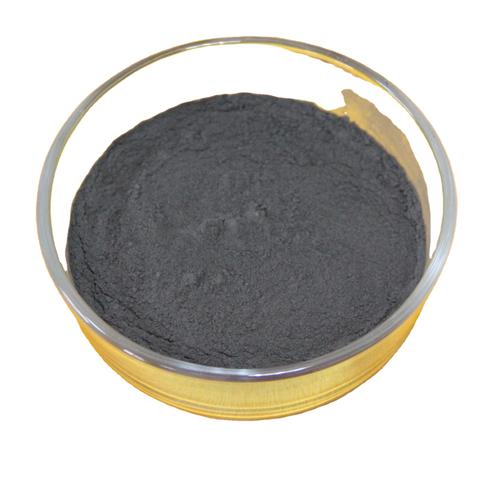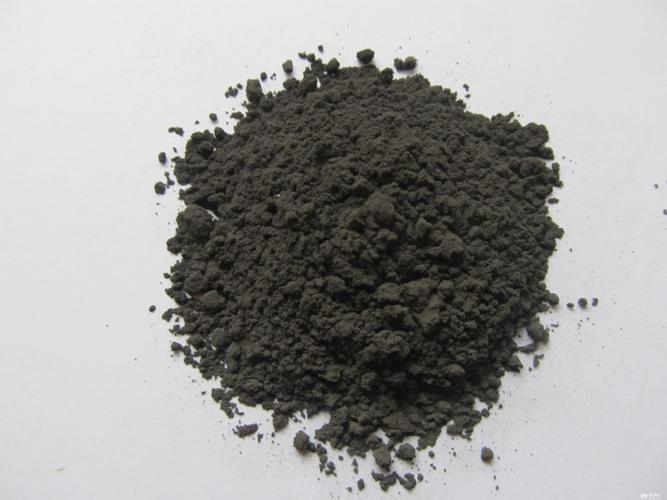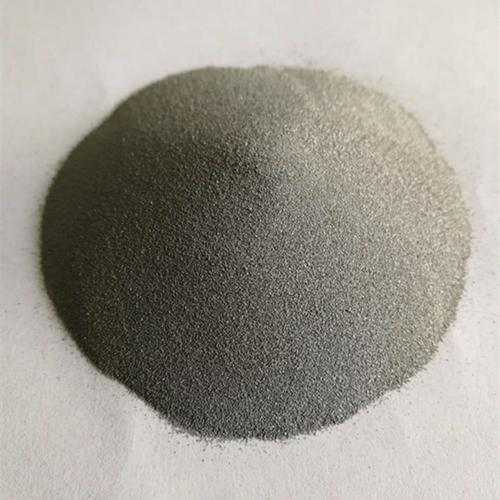Think metal powder sounds boring? Think again. That fine dust holds the future of everything from jet engines to medical implants. How we make it matters. Gas atomization is a superstar method. High-pressure gas blasts a stream of molten metal into a billion tiny droplets. These droplets freeze mid-air, becoming perfect little metal spheres. The magic lies in controlling that shattering. One key player often hiding in the shadows? Viscosity. Let’s pull it into the spotlight.
(Does Viscosity Affect Gas Atomization Metal Powder)
Viscosity is just a fancy word for thickness. Think honey versus water. Honey is thick, high viscosity. Water is thin, low viscosity. Now, imagine that molten metal stream before the gas hits it. Is it flowing like water? Or is it sluggish like honey? This thickness makes a huge difference.
Picture the gas jets hitting the molten metal. They need to break that stream apart. A thin, low-viscosity melt offers less resistance. It flows easily. The high-speed gas tears through it effortlessly. The melt shatters into very fine droplets. Think mist. We get smaller powder particles. This is often desirable for high-performance parts needing smooth surfaces and tight packing.
Now, imagine a thick, high-viscosity melt. It’s more resistant. It fights back against the gas stream. The gas struggles to break it apart. The melt stretches into ligaments. These ligaments then break, but into larger chunks. Think raindrops instead of mist. The result? Bigger powder particles. Sometimes this is okay. Often, it’s not what we want. Bigger particles can mean rougher surfaces. They might not pack as tightly.
Why does this viscosity change? Heat is the main controller. Melt metal hotter, its viscosity drops. It gets thinner. Melt it cooler, viscosity rises. It gets thicker. Simple as that. Manufacturers know this. They carefully control the melt temperature before atomization. Getting the viscosity right is crucial. It directly targets the powder size distribution we need.
Different metals behave differently too. Aluminum melts are often quite runny. Nickel superalloys? They can be much thicker. Knowing the natural viscosity of your metal helps. It guides the starting temperature. The atomization gas pressure also plays a role. Higher pressure can smash even thicker melts. But higher pressure costs more energy. It’s expensive. Finding the right balance is key. We need the right viscosity, the right pressure, the right temperature. It’s a recipe for perfect powder.
(Does Viscosity Affect Gas Atomization Metal Powder)
Getting smaller powder usually costs more. It needs thinner melts, often higher temperatures. Sometimes it needs more gas pressure. But finer powder unlocks better part quality. It allows more complex shapes. It gives stronger, denser final products. Understanding viscosity isn’t just science. It’s smart manufacturing. It’s about controlling costs while hitting that critical powder size target. Size matters. Viscosity controls it. Getting the thickness right means getting the powder right. That means getting the part right. It’s the hidden thread connecting the melt to the finished masterpiece. Manufacturers constantly tweak this variable. They hunt for that sweet spot where viscosity gives them the perfect spray.
Inquiry us
if you want to want to know more, please feel free to contact us. (nanotrun@yahoo.com)


